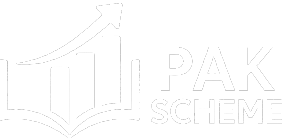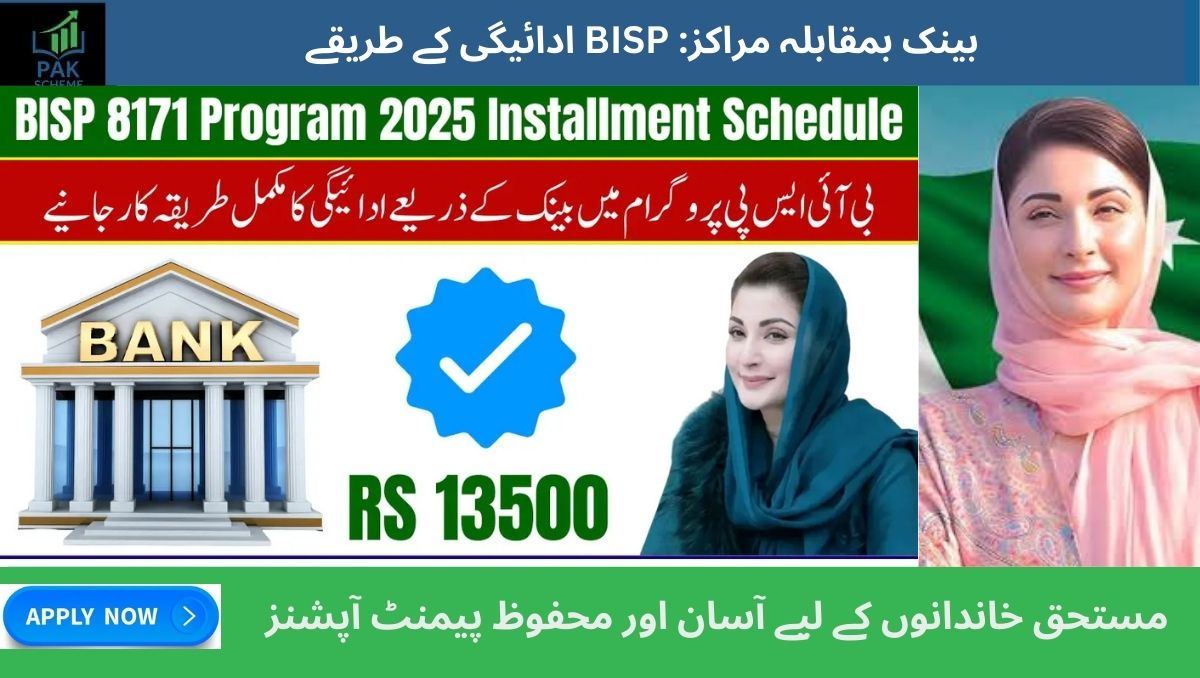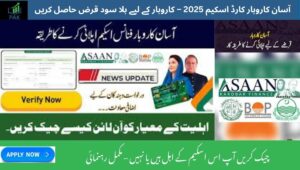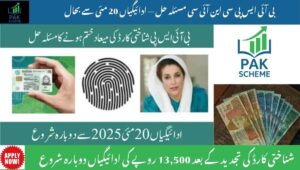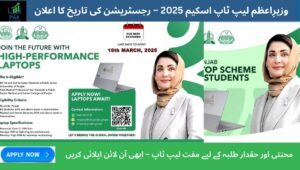Bank vs Centers Beneficiaries’ Payment Options Explained Government of Pakistan has launched a new digital wallet system for the Benazir Income Support Program (BISP). The aim of this system is to ensure that the poor and deserving people can get money quickly, safely and cleanly. Now all eligible families will have their money sent directly to their bank accounts. Bank vs Centers Beneficiaries’ Payment Options Explained means that women and families will be able to get their money without having to stand in long queues. They will be able to easily withdraw money whenever they want through their bank account or mobile banking app.
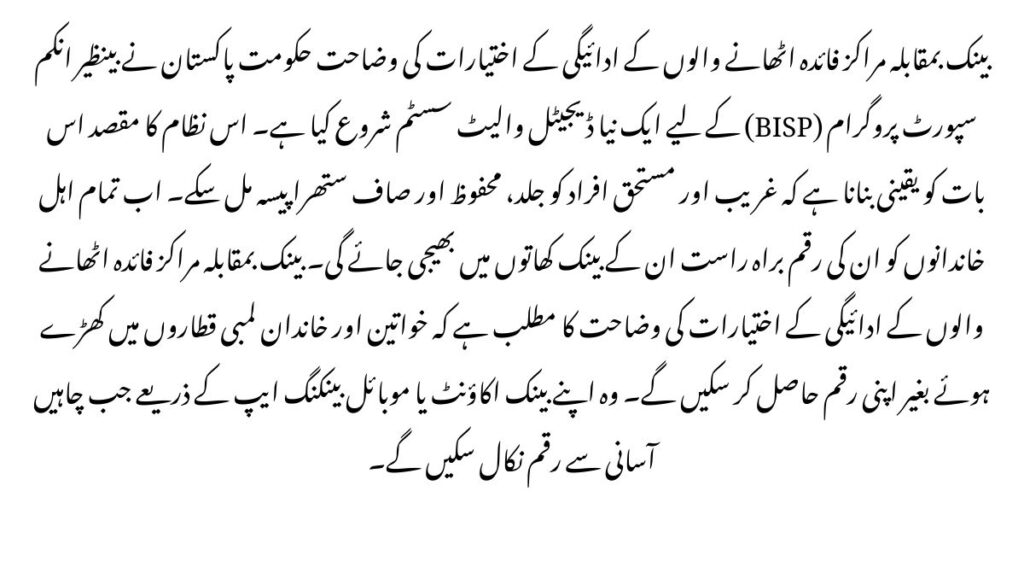
Apply Now: https://www.bisp.gov.pk
Bank vs Centers BISP Payment Centers Details
Beneficiaries’ Payment Options Explained Benazir Income Support Program (BISP) has been helping poor and deserving families for many years. Bank vs Centers All eligible individuals receive this money from government-approved payment centers. But people have been facing the problem for a long time that they have to stand in long queues at the offices to get the money, which has caused them a lot of trouble. That is why the government has also provided the facility of eligibility check so that people can first see if they are eligible for this program or not.
To solve this problem, BISP has increased the number of payment centers. Now people can get their money from the BISP office, any approved shop cash point or bank. Apart from this, now there is also a convenient way that eligible individuals can withdraw their money directly through ATMs.
Payment Increase From 10500 To 13500
Bank vs Centers The BISP program, which provides assistance to needy people, has increased the amount. Those who used to get Rs 10,500 earlier will now get Rs 13,500. Newly registered people will also get Rs 13,500. The method of withdrawing money from ATMs is given below.
Also Read: BISP Partners with Financial Institutions for Payment Distribution 2025
BISP Payment Centers ATM Procedure 2025
✅This method is the easiest and best way to withdraw money through ATM. With this, you can get Rs. 13,500 without any difficulty. The method is as follows:
🏧Go to an authorized ATM of any bank.
👍Verify the biometric (thumb) at the ATM.
🪪Enter your National Identity Card number.
✍️Write your name and other information.
✔️Click on the “Verify” button.
👉 Now place your thumb on the machine to verify.
📂Your account will open, then click on “Balance Inquiry”.
💰You will see your amount, and you will be able to withdraw money from the ATM easily.
List of Banks Supporting BISP ATM Withdrawals
🏦Here are the banks where you can withdraw BISP money from ATMs:
🏧Habib Bank Limited (HBL)
🏧United Bank Limited (UBL)
🏧National Bank of Pakistan (NBP)
🏧Bank Alfalah
🏧Allied Bank Limited (ABL)
🏧MCB Bank
🏧Askari Bank
🏧Sindh Bank
🏧Bank of Punjab (BOP)
🏧JS Bank
Beneficiaries’ Payment Options Explained How To Register And Receive Payments?
You can register for the BISP program by visiting the nearest office and submitting your documents or by completing the NSER survey. After that, you can check your eligibility and withdraw money easily. You can use ATM or other methods to withdraw money.
Alternative Methods To Collect BISP Stipend
If you live in a village and find it difficult to withdraw money from an ATM, don’t worry. You can also withdraw money in other ways. You can also get money by visiting the BISP office. Apart from this, you can also withdraw money by visiting a BISP approved shopkeeper or cash point.
If you want to withdraw money from home, you can use your Jazz Cash account. Your money will be credited to your Jazz Cash account. But remember that the Jazz Cash number must be given at the time of registration.
BISP Payment Latest Update
The government of Pakistan has been helping the poor and deserving people for many years. The latest update is that the money has started coming. This payment is being given from January 2025 and its last date is March 2025. So quickly complete your registration, get the money and fulfill your needs.
Also Read: BISP Jobs Online Application – Easy Step-by-Step Process for 2025
Conclusion
The Benazir Income Support Program (BISP) aims to provide financial assistance to poor and deserving families in a dignified manner. The government has simplified the payment methods so that people can easily get money from banks, ATMs, mobile apps or nearby cash points. Along with this, the amount of assistance has also been increased so that people can meet their needs in the era of inflation. Now people can get money from ATMs, bank accounts, Jazz Cash or from the nearest BISP office and cash point if they want. Therefore, it is better to complete the registration quickly, check your eligibility and take advantage of this government facility to meet your household needs in a better way.
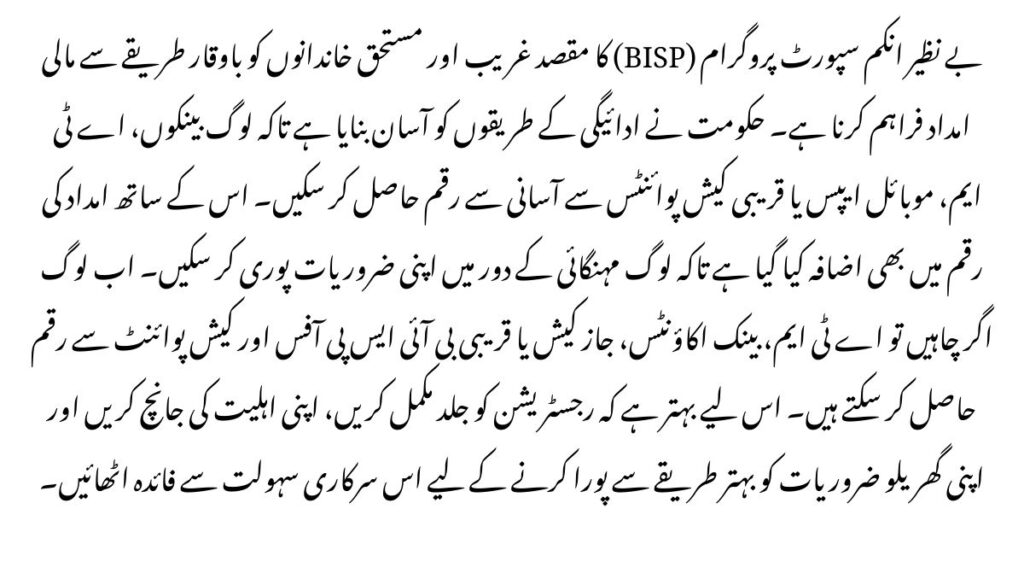
FAQS
What is the difference between Bank vs Centers for receiving BISP payments?
The Bank vs Centers options refer to the two main ways beneficiaries can receive their payments. Bank payments are credited directly to the beneficiary’s bank account or mobile wallet, offering faster and secure access. Centers involve physical payment points where beneficiaries collect cash in person, often requiring CNIC verification
Which is more convenient: Bank vs Centers?
Using banks is generally more convenient as funds are directly deposited, reducing travel and wait times. Centers may be less convenient due to queues, but they remain important for beneficiaries without bank accounts or digital wallets
Are there any fees for Bank vs Centers payments?
Bank transfers may sometimes incur minimal charges depending on the bank or mobile wallet provider. Payments collected at centers are usually free, but beneficiaries may face transportation costs to reach the centers.
Can beneficiaries switch between Bank vs Centers for their payments?
Yes, beneficiaries can request to switch their preferred payment method. Those with bank accounts or mobile wallets can choose bank transfers, while others may continue using physical centers. This flexibility ensures everyone can access their funds conveniently.
